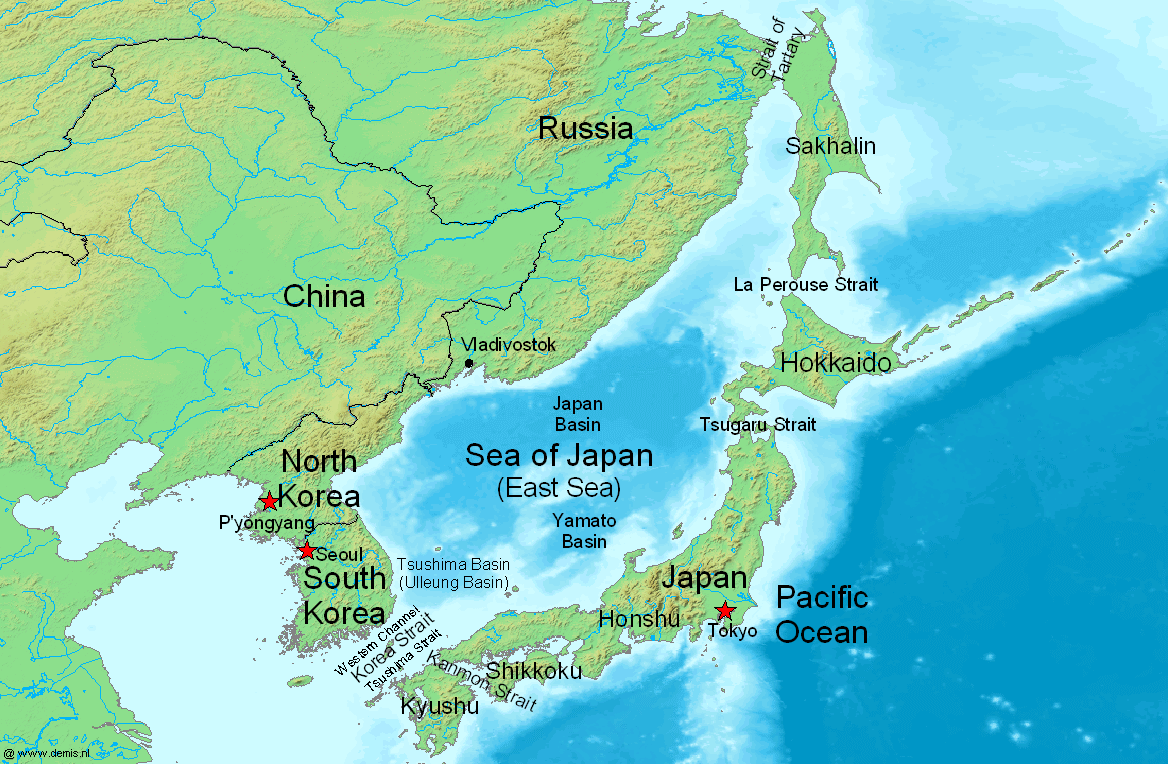can't judge quality by the looks. What is "decent" in your standards?
one that can take a blow by a sword and has protection for the neck like the Gallic Helment by the later legionaries, not the bronze art piece, I wonder how many conscripts can actually afford them.
also,from what you have said, the Hun army organisation wise is similar to the Spartans, but it remains that fighting a shield wall by brute force is never gonna work, as Macedonians found out, the hardway. Especially when you are againest the Romans who are experts in close formation advancement.
I had a read in China history forum on the same topic, it seems that Hans infantry depends on a large number of Crossbows, and melee infantry deploy in a loose formation to avoid missle fire by other Chinese foes. if that is true, why they even have melee infantry is a question. But my later hun period, cavalry was on the rose so they became more pikemen, similar to hoplites (i said hoplites, not Phalanx).
It remains, however, if roman Allied cavalry got hold of the Crossbowman regiment, i do not think they will hold, fact remains, no one is gonna arm the skirmishers with full armor like front line infantry.
Crossbow is the key weapon in chinese warfare, but the Monguls managed to slaghuter them, why? because crossbow is not a weapon to be used againest fast moving targets, hence Alexander in the battle of issus, persian had a VERY large number of archers yet Alexander rode straight into the persian centre (i am talking about repid firing composite bows, not slow crossbows) ... During the medieval times, crossbows are an ideal weapon in castle sieges because the defenders can hide inside the castle and reload. However we are not talking about castle sieges, but rather an open battle, where there are not many places to hide. In addition, all range weapons have maximum range and effective range. The maximum range of a medieval crossbow is approximately 365meters and effective range is about 150 meters (i would assume chinese Crossbow would be a bit less powerful since it is shooting arrows, not bolts)
Take that into consideration, the speed of Roman advancement is impressive, which is 120 pace a minute for quick advancement, thats 89 meters a minute or 5.28Kph so according to above, it takes the legion around 3 minutes to reach the Chinese front line (4 minute to reach the Chinese Crossbowmen which is behind infantry) and it takes the legion less than 2 minutes to finish walking through the effective range of the crossbows.
the chinese has less than 2 minuts of firing window (providing the chinese infantry is not advancing as well, if the chinese also advances, the crossbow has a even lesser firing window) how many shots can they fire at that window, since crossbow is slow to load.


